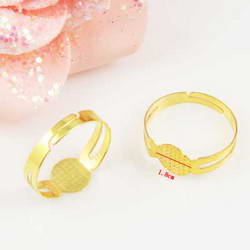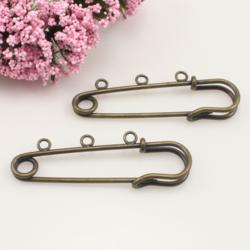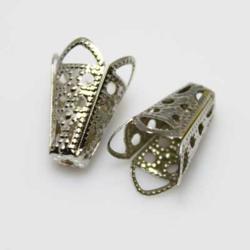Guide to other findings
Below, we give an explanation of the major types of other findings.

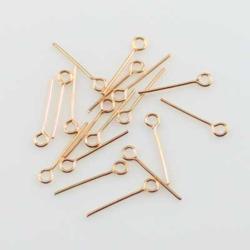
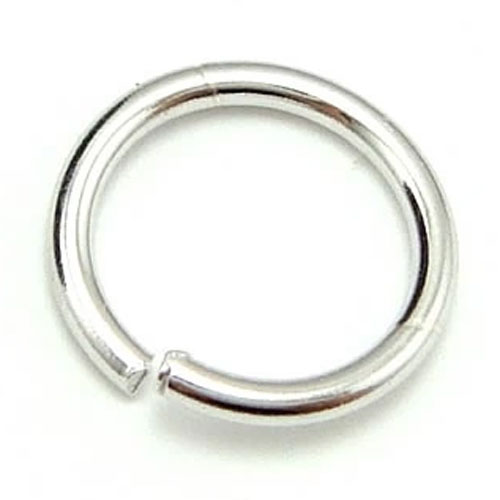

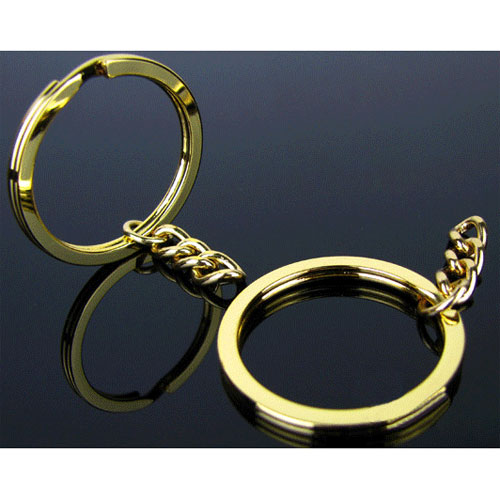
Split rings
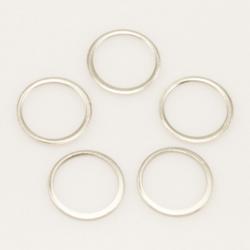
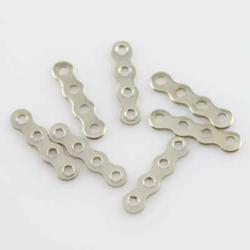

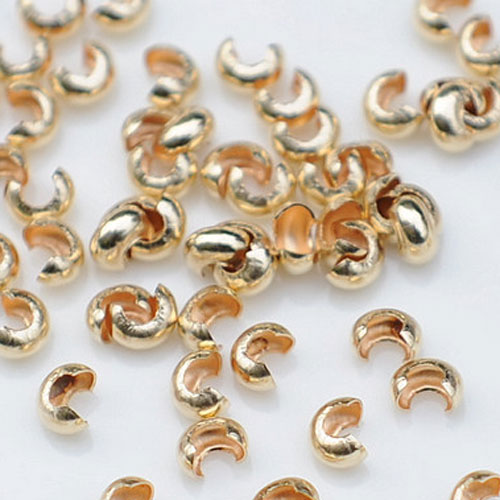
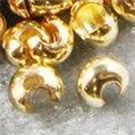
Crimp beads
Also known as crimp pearls, crimp tubes
A crimp bead is a small bead or tube made of soft metal.
Using pliers It can be used to clamp together over wires or strings to attach a clasp to a necklace, bracelet or anklets.
It can be used to set a stop on a thread so that beads cannot fall off. It can also be used to bind together several wires or threads.
Crimp beads are closed using crimping pliers.
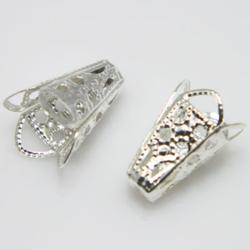
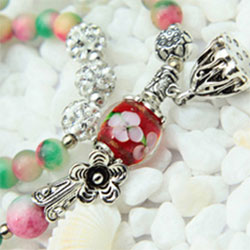
Also known as bell caps
Bead caps, are caps for beads, they are used to adorn beads and gemstones to enhance their attractiveness.
For best effect, you should usually use a bead cap that is similar in size or smaller than the bead you are using, this gives a good balance between the bead cap and keeping the bead or gemstone visible.
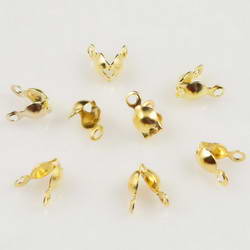
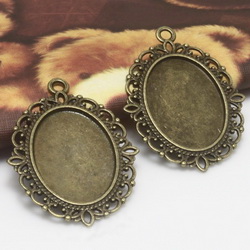
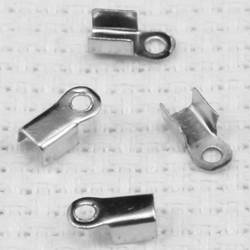
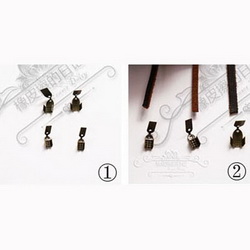
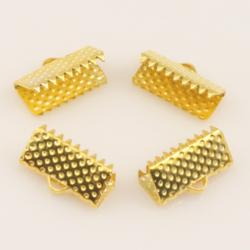

Also known as ribbon ends.
These are used in a similar way to cord ends.
Using pliers, the jewellery clippers can be closed over stringing materials. The jewellery clipper will then grip the string materials. Jewellery clippers have an eye (ring), that allows you to add a clasp.

John




















